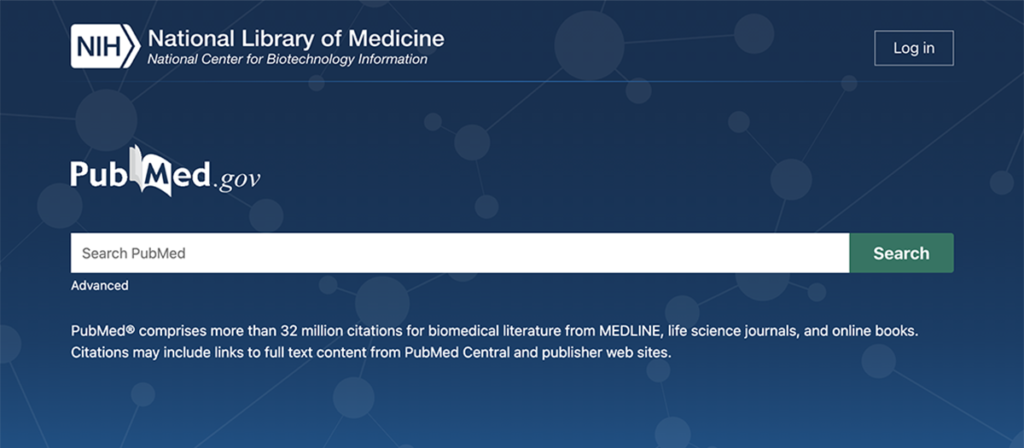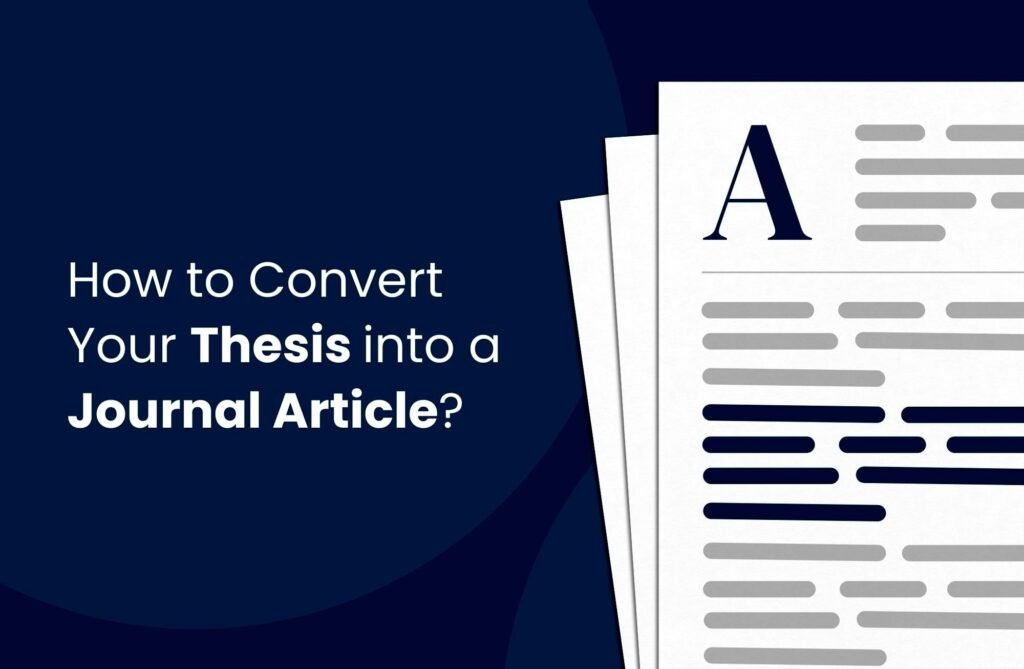Writing a scientific manuscript is a complex process requiring meticulous attention to detail and adherence to specific guidelines. Despite efforts to produce high-quality work, authors often make common mistakes that can impact their manuscripts’ clarity, credibility, and effectiveness. Here, we explore some of the most common errors found in scientific writing and submission, and provide tips on how to avoid them.
1. Poor Structure
A well-structured manuscript is essential for effective communication. Poor structure can hinder understanding and diminish the impact of the research. To avoid this, authors should:
- Plan the organization: Clearly define sections such as the introduction, methods, results, and discussion.
- Use logical flow: Ensure smooth transitions between sections to maintain a coherent narrative.
2. Lack of Clarity
Unclear writing can result from overly complex language, vague descriptions, or insufficient detail. To improve clarity:
- Use concise language: Avoid jargon and define technical terms.
- Provide sufficient detail: Ensure readers can understand the research methods and results.
- Seek feedback: Have colleagues review the manuscript to identify unclear areas.
3. Incomplete Literature Review
An incomplete literature review can weaken the manuscript by failing to situate the study within the broader context of existing knowledge. To strengthen the literature review:
- Conduct a comprehensive search: Identify and critically evaluate relevant studies.
- Keep it up-to-date: Include recent publications and discuss how your study builds on existing knowledge.
4. Weak Methodology
Weak methodology can result from insufficient detail about the study design, data collection, or analysis methods. To ensure a robust methodology:
- Describe the methodology thoroughly: Include information on study design, participants, materials, procedures, and data analysis techniques.
- Justify choices: Explain and justify the chosen methods and address potential biases or limitations.
5. Overinterpretation of Results
Drawing conclusions not supported by the data can mislead readers and undermine the research’s credibility. To avoid overinterpretation:
- Stick to the data: Base conclusions strictly on the results obtained.
- Consider alternative explanations: Analyze the data carefully and consider different interpretations.
6. Inconsistent Formatting
Inconsistent formatting can make a manuscript appear unprofessional. To maintain consistency:
- Follow journal guidelines: Adhere to specified formatting for font size and style, margins, line spacing, and citation style.
- Format figures and tables correctly: Ensure they meet the journal’s specifications.
7. Poor Writing
Poor writing includes grammatical errors, awkward phrasing, and lack of coherence. To enhance writing quality:
- Use simple, straightforward language: Avoid excessive jargon and technical terms.
- Ensure grammatical accuracy: Pay attention to grammar, punctuation, and spelling.
- Seek editing help: Consider professional editing services or feedback from colleagues.
8. Inadequate Discussion
Failing to fully interpret and contextualize results can weaken the study’s impact. To improve the discussion section:
- Analyze and compare results: Discuss findings in relation to existing literature.
- Address limitations: Acknowledge study limitations and suggest directions for future research.
- Consider alternative explanations: Offer possible reasons for unexpected findings.
9. Failure to Follow Ethical Guidelines
Ethical lapses can lead to manuscript rejection. To adhere to ethical standards:
- Understand guidelines: Familiarize yourself with ethical standards relevant to your research.
- Ensure compliance: Follow ethical procedures in study design and reporting.
Common Mistakes During Submission
1. Inadequate Research on the Journal
Submitting to a journal without understanding its scope and requirements can reduce chances of acceptance. To avoid this:
- Research the journal: Understand its focus, target audience, and guidelines.
- Read recent articles: Familiarize yourself with the type of content it publishes.
2. Poorly Written Abstract and Title
The abstract and title are the first things editors and reviewers see. To make a good impression:
- Craft a clear abstract: Summarize the purpose, methods, and key findings succinctly.
- Create an engaging title: Ensure it accurately reflects the content and captures interest.
3. Incomplete or Incorrect Formatting
Failure to follow formatting guidelines can lead to immediate rejection. To ensure correct formatting:
- Review guidelines thoroughly: Adhere to specified font, margins, spacing, and citation styles.
4. Lack of Clarity and Structure in Submission
A disorganized manuscript can hinder understanding. To ensure clarity:
- Use clear headings: Guide readers through the paper with well-defined sections.
- Maintain logical flow: Ensure each part of the manuscript logically follows the previous one.
5. Inadequate Proofreading and Editing
Manuscripts riddled with errors reflect poorly on professionalism. To avoid this:
- Proofread meticulously: Eliminate grammatical errors, typos, and inconsistencies.
- Seek external review: Use professional editing services or colleague feedback.
6. Insufficient Literature Review
A weak literature review can raise doubts about your research’s novelty. To avoid this:
- Conduct thorough research: Include relevant studies and ensure your review is comprehensive.
7. Overlooking Ethical Considerations
Failure to address ethical aspects can lead to rejection. To ensure ethical compliance:
- Follow guidelines: Address ethical considerations such as informed consent and confidentiality.
- Disclose conflicts of interest: Clearly state any potential conflicts.
8. Ignoring Reviewer Comments
Ignoring reviewer feedback can hinder resubmission success. To address this:
- Take feedback seriously: Carefully evaluate and incorporate reviewer comments.
- Provide clear responses: Demonstrate your commitment to improving the manuscript.
Conclusion
Avoiding these common mistakes can significantly enhance the quality and appeal of your scientific manuscript. By adhering to guidelines, ensuring clarity and structure, and addressing ethical considerations, you can increase your chances of successful publication. Meticulous attention to detail and a commitment to high standards are key to producing a manuscript that stands out in the peer review process. Take our service to prepare your manuscript for journal.


